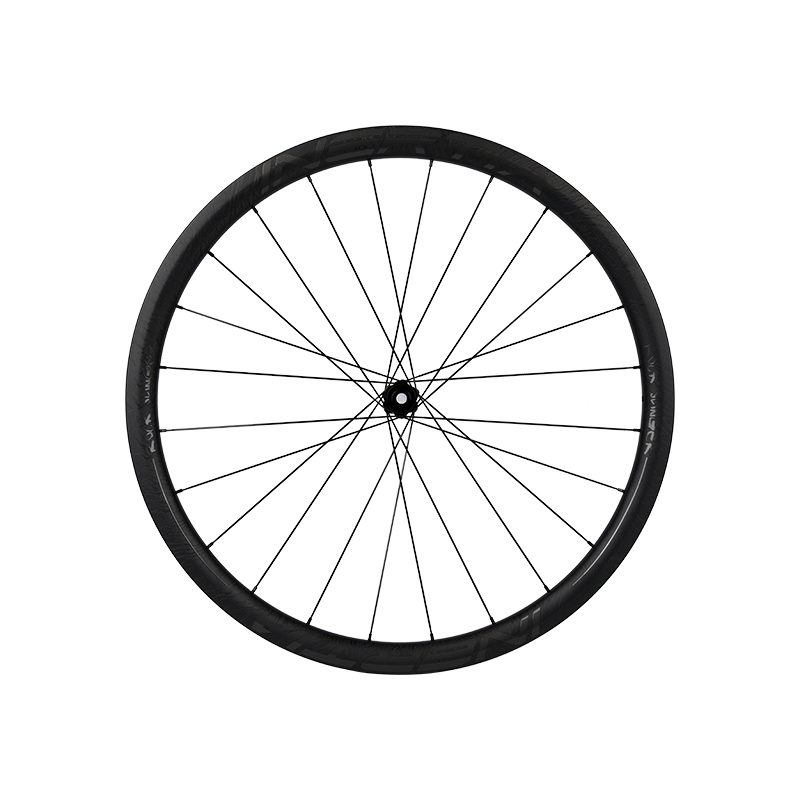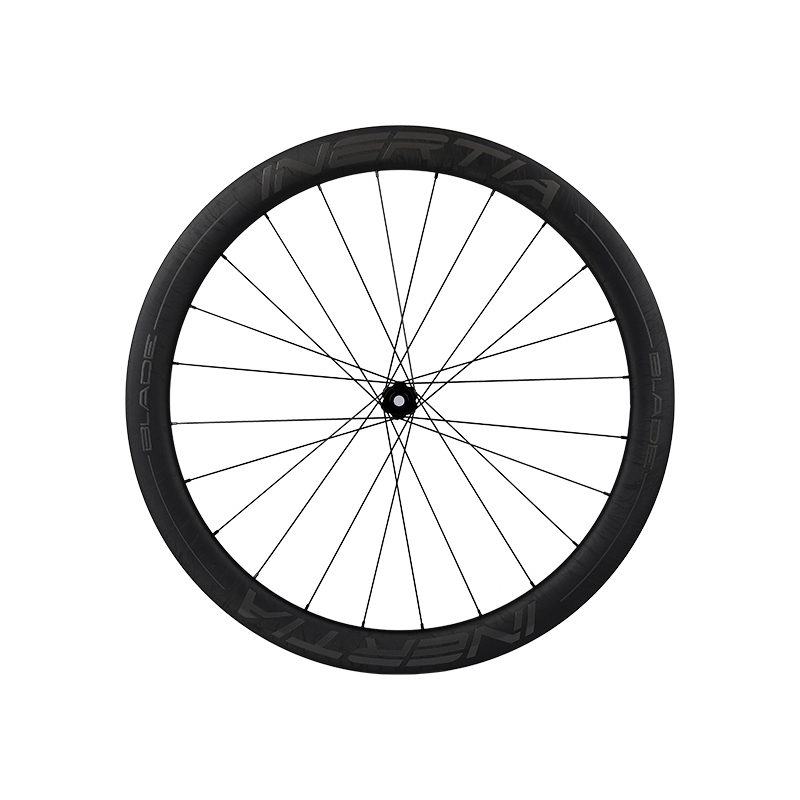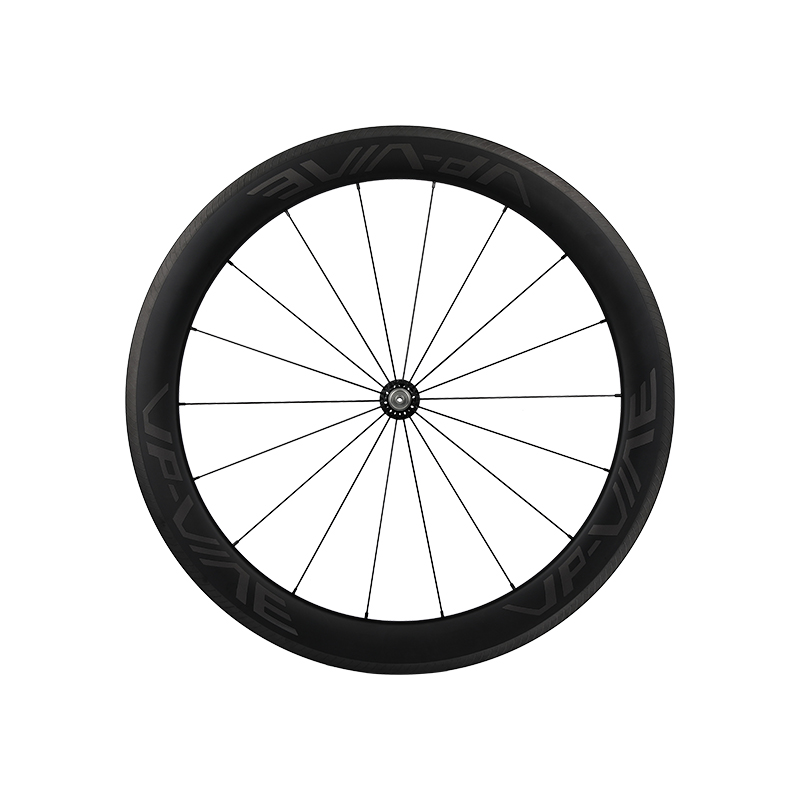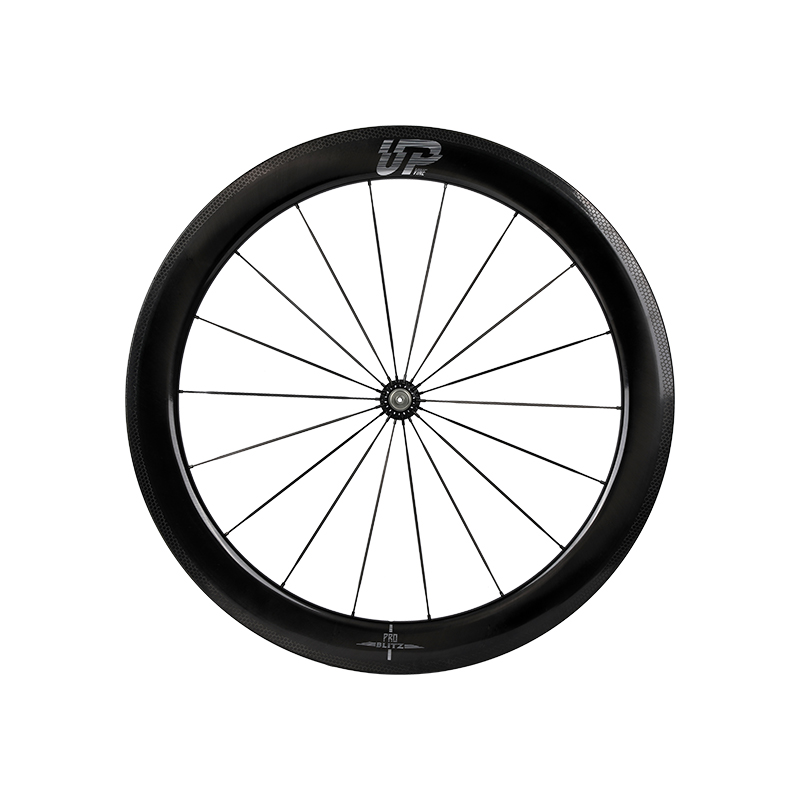When it comes to bicycle performance, every little detail matters, and one of the most crucial, yet often overlooked, components is the hub engagement system. Whether you're climbing a steep hill, sprinting down a straightaway, or simply coasting along, the way a hub engages with the drivetrain plays a key role in how energy is transferred, how the bike handles, and even how the ride feels. At the heart of this is the number of engagement points, which directly influences how quickly and efficiently the hub responds when you apply pressure to the pedals.
Hub engagement points refer to the number of distinct positions at which the pawls (or other engagement mechanisms) within the freehub or freewheel system engage with the ratchet or drive mechanism inside the hub. This engagement process determines how quickly the hub "catches" the drivetrain's power when you start pedaling or when you're coasting and then resume pedaling. The more engagement points a hub has, the faster and more immediate the response when you apply pressure to the pedals. This means that with a Bicycle HUB that has more engagement points, the bike feels more responsive — you get immediate power transfer with little to no delay. For competitive cyclists, mountain bikers, and anyone looking for smooth acceleration or a snappy ride, this is essential, particularly when tackling challenging terrain or needing quick bursts of speed.
On the other hand, hubs with fewer engagement points have a delayed response when you start pedaling. The pawls may have to travel a greater distance before they lock into place, causing a slight hesitation. For some riders, this might be an acceptable trade-off, especially for longer rides where quick acceleration isn't as critical. However, for riders who focus on performance, such as in racing or technical trail riding, this delay can impact power transfer efficiency, which is why many high-performance hubs are designed with more engagement points.

The typical engagement point range for hubs can vary quite a bit. Some basic hubs might have as few as 3–4 engagement points, while performance-focused hubs can have 6, 12, 24, or even more. The number of engagement points isn’t just about raw numbers; it’s about how those points translate into the feel of the ride. Hubs with a higher number of engagement points tend to offer smoother and quicker power transfer, which can give the rider a more connected and dynamic feel on the bike. With a faster engagement system, it becomes easier to accelerate out of corners, climb hills with less effort, and generally experience a more responsive and agile ride.
But there are trade-offs to consider. Hubs with more engagement points tend to increase the complexity of the hub’s internals, often making them heavier or noisier. The additional pawls or ratchet mechanisms can create more friction, which could slightly reduce efficiency. However, many modern high-performance hubs are designed to mitigate these factors, using materials like sealed bearings and advanced lubrication systems to reduce friction and keep the system running smoothly. Additionally, more engagement points typically mean a noisier hub, which some riders enjoy for the "buzzing" sound, while others may find it distracting.
The sensation of "instantaneous" acceleration provided by high-engagement hubs also affects the ride feel, contributing to a sense of control and confidence, especially in off-road conditions. When you're powering through technical sections of trail or navigating sharp switchbacks, a quick-response hub ensures that the power is being transferred immediately as you push on the pedals. This quick engagement not only improves power transfer but also enhances the rider's perception of bike handling, allowing for more precise adjustments in challenging conditions.
Ultimately, the choice between a Bicycle HUB with fewer or more engagement points boils down to personal preference and riding style. For road cyclists, the priority might be a smooth, quiet, and efficient ride, where minimal engagement delay isn't as noticeable. For mountain bikers or anyone who rides in more demanding conditions, a faster-engaging hub can improve both performance and overall riding satisfaction. The beauty of modern hubs is that there’s a wide variety of engagement systems to choose from, allowing riders to tailor their bike to their specific needs and riding style.



 Español
Español













